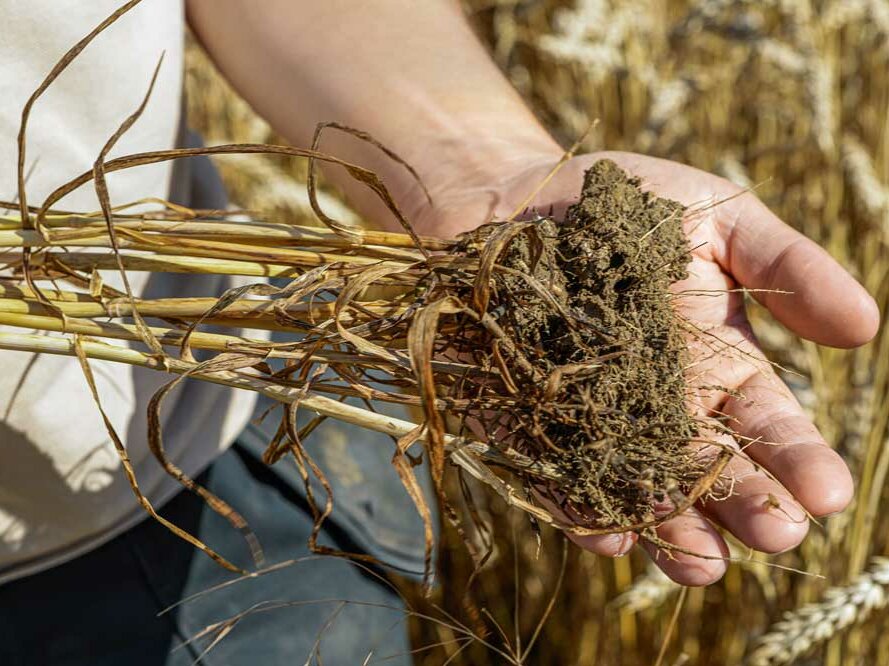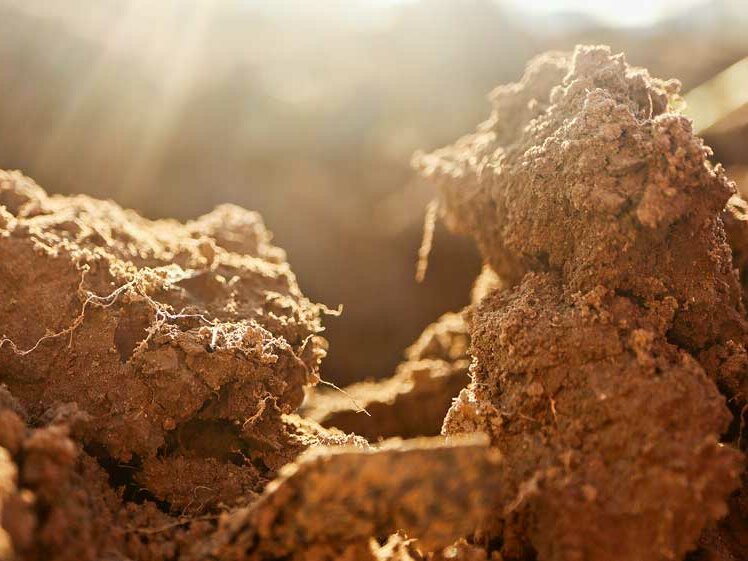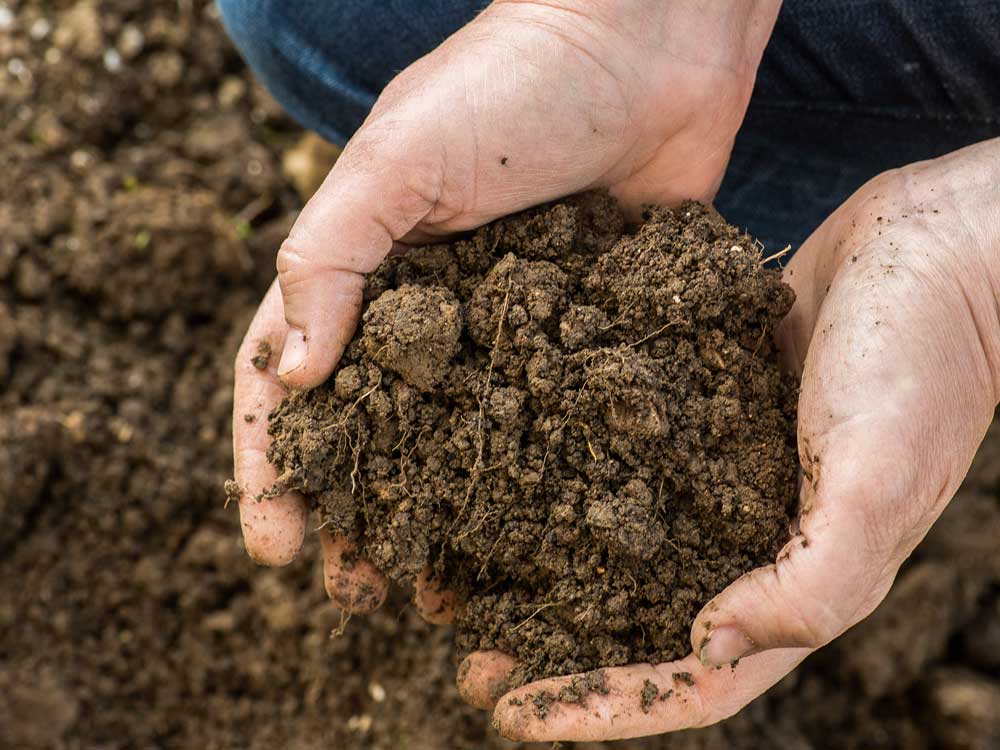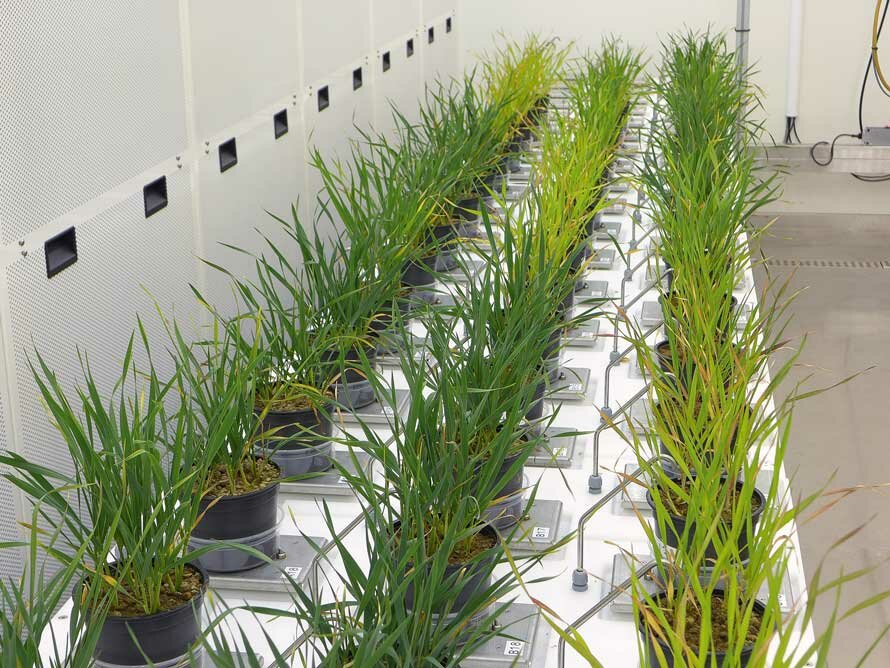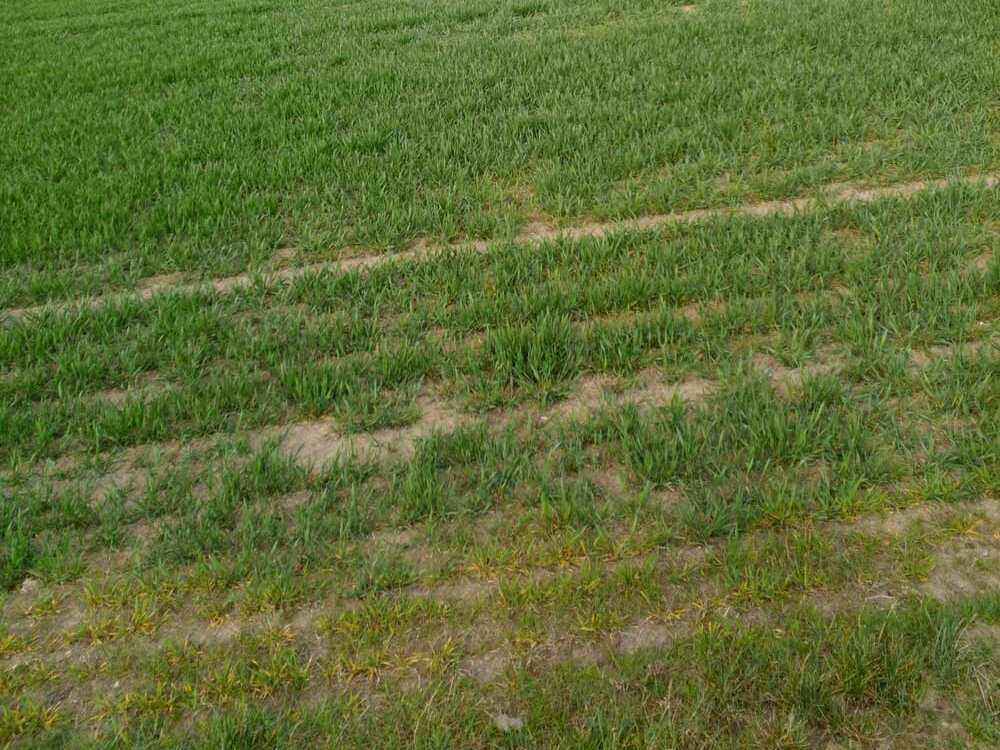Research: Healthy soils - healthy plants
By Thomas Preusse, DLG Mitteilungen
Agriculturally used soils are suffering. Not only is 400 km2 of it lost annually in the EU for settlement and transport purposes, and 1 billion tonnes as a result of erosion. Soil functions are affected by compaction, by the decomposition of humus, by the input of pollutants and (also as a consequence) the loss of biodiversity.
According to the EU Commission, 60 to 70 % of the soils in Europe are not in good condition. Yet soil is a non-renewable resource from which (despite all alternative concepts) almost 100 % of food is still produced, and probably will be for quite a long time. The EU is working on a directive that would place soil in a legal framework similar to that for air and water.
The term "soil health" is also cropping up more and more frequently in scientific discussions. Even farmers, who for a long time were only thought to have a connection to soil as far as fat tractors could stand on it, are now increasingly looking below the surface. One sign of this is the increasing interest in regenerative processes or biostimulants.
What exactly is meant by soil health?
A somewhat complicated definition describes it as the capacity of a living soil to function within natural or managed ecosystem boundaries, to maintain and improve the productivity and health of plants and animals as well as the quality of air and water. So also with soil health we are talking about scarcity (of the soil itself) and efficiency (of its use). Basically, soil health can be viewed in the same way as human health. It can no more be permanently ensured by medicines than (in the case of plant health) the performance of a crop can be ensured by plant protection products. Nevertheless, medicines or plant protection products are occasionally necessary. Now there is a bit of everything in there, and therefore no simple ratios can be used for soil health. It is rather a relative term describing the extent to which, based on the given soil and environmental factors, the respective potential is utilised.
However, the term "soil health" is controversial, precisely because measuring the associated properties is so difficult. It is actually intended to show above all that soil is not inanimate matter, but a living system that has many functions in the direction of water, climate change and human health. In agricultural soil science, the term "soil fertility" has been more common up to now. This, however, views the function of soil exclusively in terms of production.
History and future of soil
When we were invited to visit the Soil Health Centre of Syngenta in Stein, Switzerland, which has only existed for a few years, we asked ourselves: What is behind this? A new label for activities that have always been going on? Or even a kind of "greenwashing"? What we learned: Soil health has a long history in this company (or its predecessors), even if the term is relatively new. But much more important and interesting is the future that is hoped for with regard to new business fields.
The effects of pesticide residues are the traditional part of the topic of soil health there. The nucleus of today's activities is the environmental monitoring research for atrazine, which dates back to the 1980s and was of particular importance to Syngenta and its predecessor companies. Such accompanying research still plays a major role today, of course, but the approach has changed. In the past, specific requirements of the regulatory authorities were worked through. Today, attempts are being made to gain a broader picture of the processes in the soil.
Behind this are two goals that are also driven by economic considerations.
- To support future regulation in plant protection with new findings: Accompanying research should be relevant and not just good for the file folder. In this way, soil health data are taken into account from the outset in the development of new active substances.
- The fascinating idea of developing new products from a better understanding of processes in the soil. Like the Haber-Bosch synthesis of fertilisers from atmospheric nitrogen or the development of chemical pesticides in the 20th century, this could become the key agricultural technology of the 21st century.
Soil health and crop protection
This is why Syngenta's initial "visions from the garage" have now become a corporate strategy that also fits well with its own sustainability goals. It is about nothing less than a new generation of products. The focus of such considerations is not on more or less interchangeable "remedies", but on almost personalised "farm medicine" based on a wealth of data. There are endless starting points for such solutions. At Syngenta, a framework has been created that combines three priorities of soil health with the goals that go with them. Soil as a resource means first and foremost: holding nutrients and water and making them available to the plant on a small scale. Climate change means carbon sequestration and less nitrous oxide. Soil biodiversity is paid for by, among other things, reduced residues in soil and water, the protection of soil animals and the microbiome, and the promotion of microbially driven nutrient cycles. To fill this framework with content, experts from very different fields work together: from ecology, plant protection, physiology and, last but not least, practical agriculture.
Demanding "medicine" for plants
Such products demand much more from practitioners than classical plant protection products. In the case of the latter, there are clear "if-then" relationships and, as a consequence, an effect guaranteed in the course of the authorisation if used as intended. Will it ever be possible to define the conditions of use of a phytohormone at the root as clearly as those of a fungicide? Probably not. But these products still cost money. There is only one way to make their use predictable: collect as much individual environmental information as possible and derive effect relationships from it. This is clearly a case for "big data". But for this very reason, it probably requires a new relationship between supplier and customer: you don't buy such products off the shelf. Perhaps at some point people will no longer buy the product, but a product service as a system solution.
The "secret life of plants"
It is a bit like the moon landing 60 years ago: We don't know exactly how to do it in detail, but we know it's possible. Even though science is learning more about the processes between root and soil every day, it already knows quite a lot. Rhizosphere (the narrow area between the root surface and the soil), microbiome (the total number of microorganisms in this area) or mycorrhiza (the symbiosis of root and fungi) are more than just buzzwords.
Scientists actually speak of a "communication" that takes place in the area between soil and plant. However, they do not mean (in reference to a bestseller title) "the secret life of trees" or similar esoteric nonsense. Rather, they are talking about chemistry in essence. Plants "speak" chemistry. Because chemical substances, for example plant hormones, are effective in the processes in the soil. They determine the defence mechanisms against pathogens, react to drought or nutrient deficiency. Up to 50 % of the substances resulting from photosynthesis enter the rhizosphere as "metabolites"! Microorganisms (pathogenic and beneficial) produce other substances there in turn. If we know how they work together or against each other, we can (possibly) control the processes in a targeted way by supplementing certain substances as "microbial activators".
Practical solutions for healthy soils
Of course, the researchers are not simply working away hoping for a lucky strike. The search for substances that are useful for mycorrhiza formation, for example, is very systematic, based on an infinite amount of data and artificial intelligence.
The starting point is the microbial activity of a soil, which means: the composition and physiological activity of the microorganisms. Using DNA metabarcoding, thousands of species can be determined simultaneously today by determining (sequencing) small gene fragments in parallel in a standardised way. In this way, the structure of the respective microbiome can be reconstructed. A multitude of components are then tested on this microbiome, which have either an inhibitory, neutral or stimulating effect on the microorganisms. This then results in biostimulants that have a positive effect on certain environments.
Making knowledge about soil chemistry applicable
There are, for example, phytohormones (the strigolactones) that act on the composition of the root microbiome and also stimulate mycorrhiza formation. They act against abiotic stress such as drought or nutrient deficiency. This would provide an answer to many problems that plague agriculture at present and even more so in the future. It would be enough to give the plant the "feeling" of not feeling any stress in short but important phases (e.g. during yield formation).
The challenge is not only to find the right substances. They must also be able to "work" in a stable way. Strigolactones, for example, degrade very quickly in a natural environment. So here it also depends on the formulation skills. This is not fundamentally different with a classical plant protection product. What is new - as already mentioned - is that future, modern biostimulants will no longer simply be filled into the spray tank and applied, but will be used in a targeted manner to suit an agronomic environment described by data. The tailor-made suit thus becomes the measure of success.



